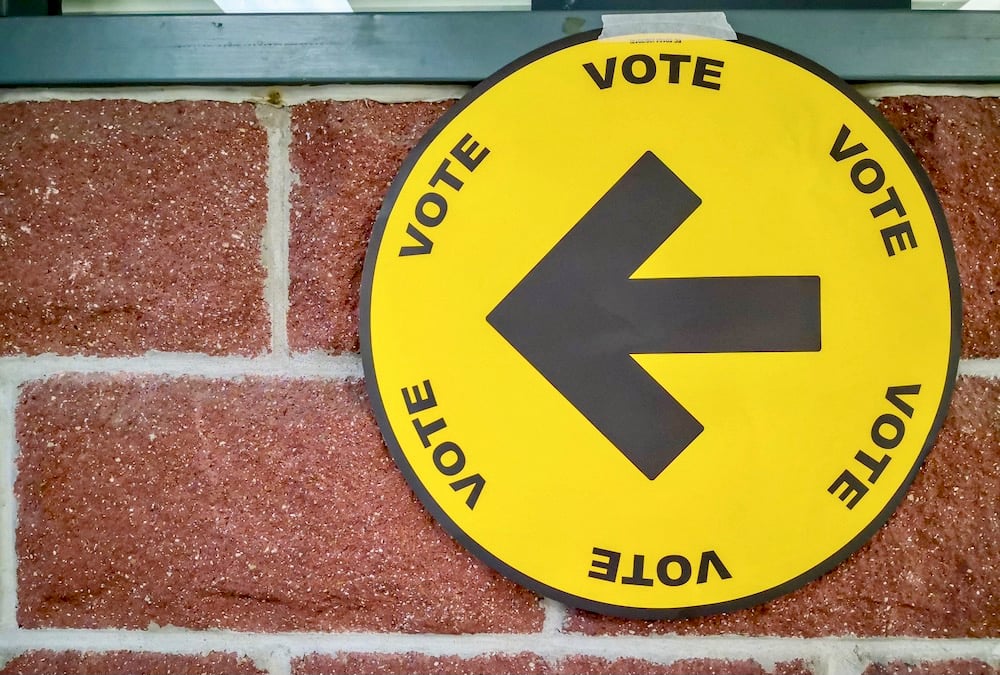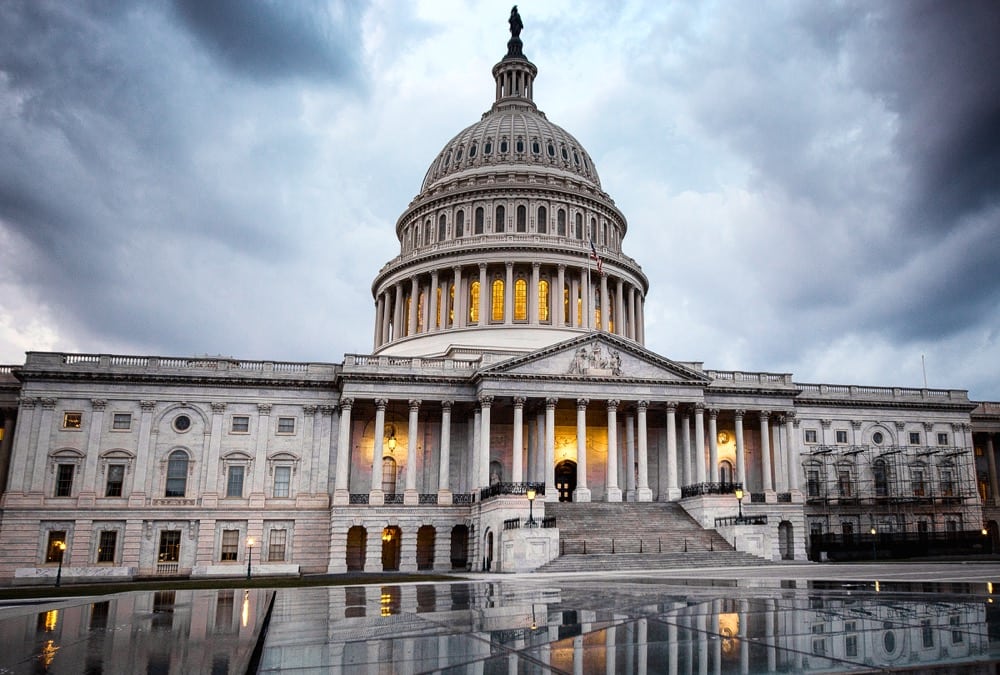American President Barack Obama is creating a bit of a stir in agriculture circles. For one thing, he has indicated he’ll bring in a ban on meat packers owning cattle. This has been a long time on the wish list of American ranchers, who believe that when packers own cattle, they are able to manipulate livestock prices to their advantage.
The mechanism is rather simple: when prices are high on the open market, the packer will dip into his own supply of cattle for slaughter. The lack of demand in the open market pushes prices down, at which point the packer returns to the auction house. This mechanism, along with secret contracts with some feedlots, leaves a lot of uncertainty as to the true market price for livestock.
Read Also

Canada’s Grocery Code of Conduct just window dressing
The voluntary nature of Canada’s Grocery Code of Conduct robs it of effectiveness and won’t result in the food system accountability that’s needed.
But Obama has other ideas to reform agriculture as well. He has stated that he will impose a $250,000 payment cap on farm support payments to any individual farm. His policy document puts it like this: “Implement a $250,000 payment limitation so we help family farmers – not large corporate agribusiness. Close the loopholes that allow mega-farms to get around payment limits.”
If you want to improve the survival of family farms, a payment cap makes sense. Handing government money to large farms often simply finances their next round of acquisitions. Large farms get larger by buying out smaller ones. Furthermore, it is unlikely that the average taxpayer wants his tax dollars to carry out the concentration of agriculture in fewer and fewer hands.
Canadian governments have taken a different view on this. There were once limits on government payments to individual farms. Back in the days of NISA and CFIP, the limit was $425,000. I can guarantee that none of the farmers around here saw that amount of money. Yet, the provincial and federal minister of agriculture saw fit to raise this to $975,000 and later to $3 million. I assume that government actions represent an attempt to achieve some policy goals, but I am somewhat puzzled as to what rational goal a $3 million cap on payments is supposed to achieve.
Clearly, payments like this do not go to family farms. Nevertheless, some farmers have achieved mighty benefits from government largesse.
A look into the Public Accounts of Canada for 2004-05 reveals that Pallister Farms of Portage la Prairie, Manitoba collected $532,728 from Agriculture Canada’s Business Risk Management Programs. Pallister Farms is owned by well-known free-market advocate and anti-CWB activist Jim Pallister.
If Statistics Canada is to be believed, large farms in Canada generate greater net incomes than small ones. Recent analyses have even pointed out that there is little sign of a farm crisis on the largest Canadian farms. In light of this, it seems irresponsible of governments
to spend taxpayers’ monies on farms that don’t need it.
While we are not exactly in an era of fiscal restraint right now, what with government throwing money around like beads at Mardi Gras, we will be at some point when governments recognize that the kitty isn’t limitless. Like all government spending, agriculture will eventually come under scrutiny, to see if spending is achieving policy goals. Farmers and taxpayers need to clearly understand what those goals are. If the government simply wants to heave more money at those who have, subsidy caps are hardly necessary. If it wants to maintain family farms of a reasonable size, and ensure a future for family-based agriculture, subsidy caps make a lot of sense.
In addition to being fiscally responsible, limits on subsidies will ensure that taxpayers’ monies don’t simply add to the wealth of already wealthy companies and individuals.
Paul Beingessner writes and farms from his home near Truax, Saskatchewan.


















